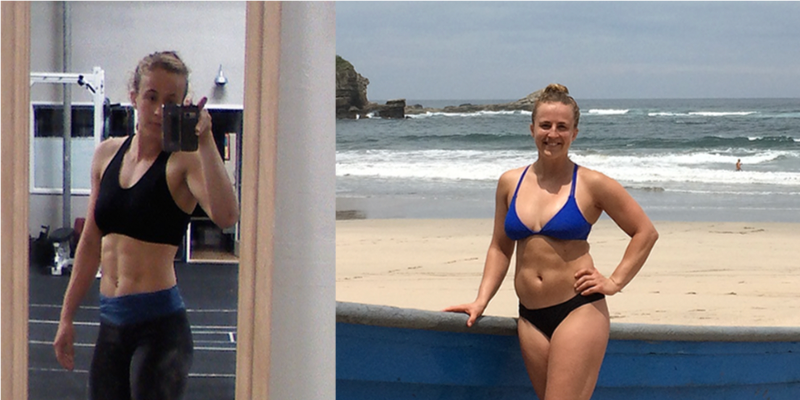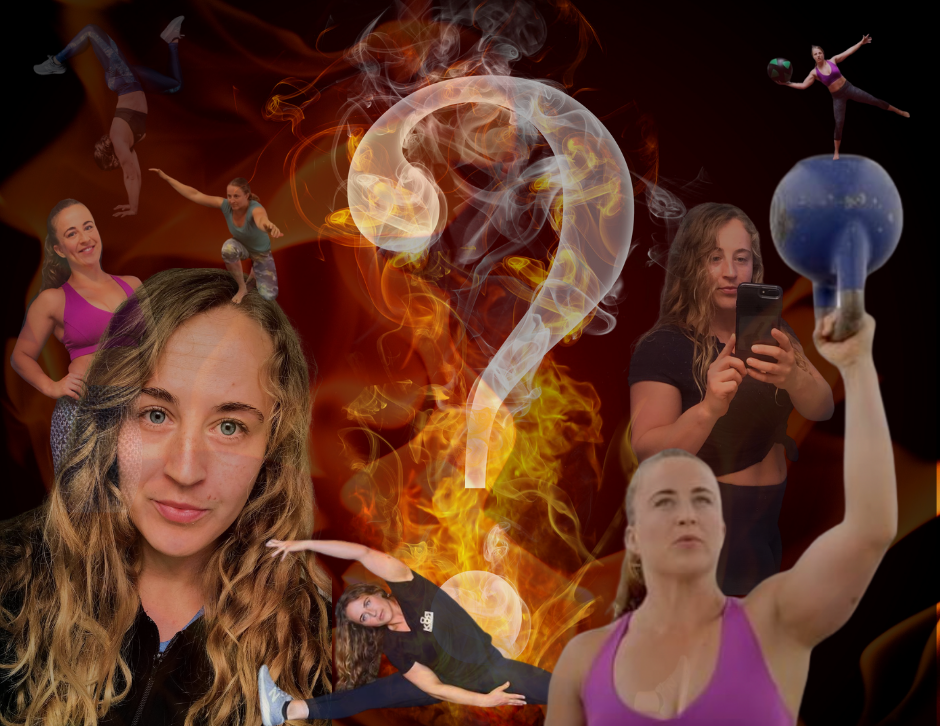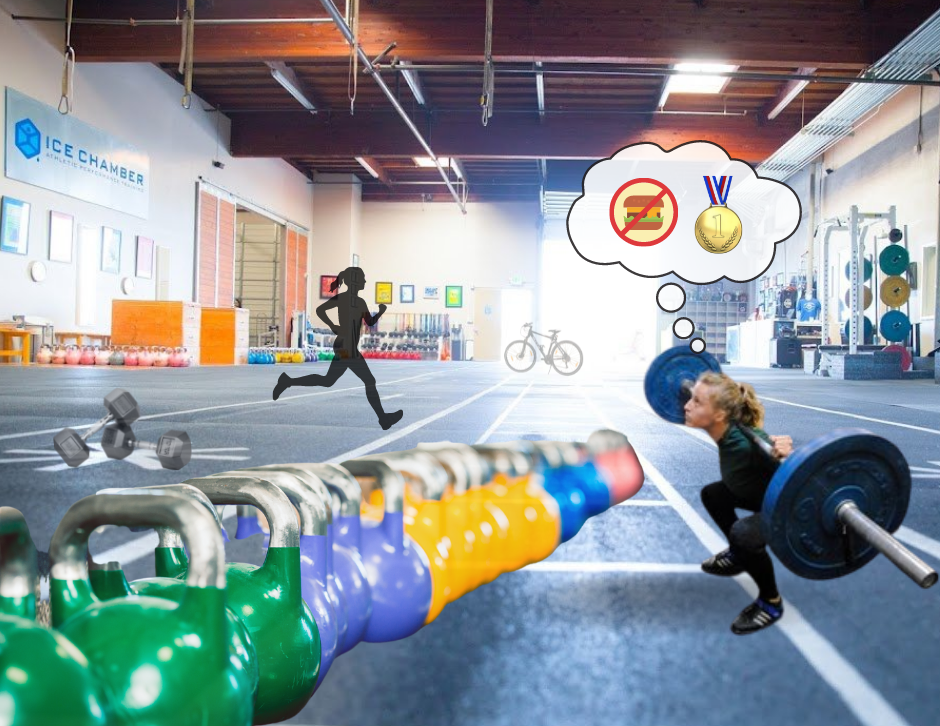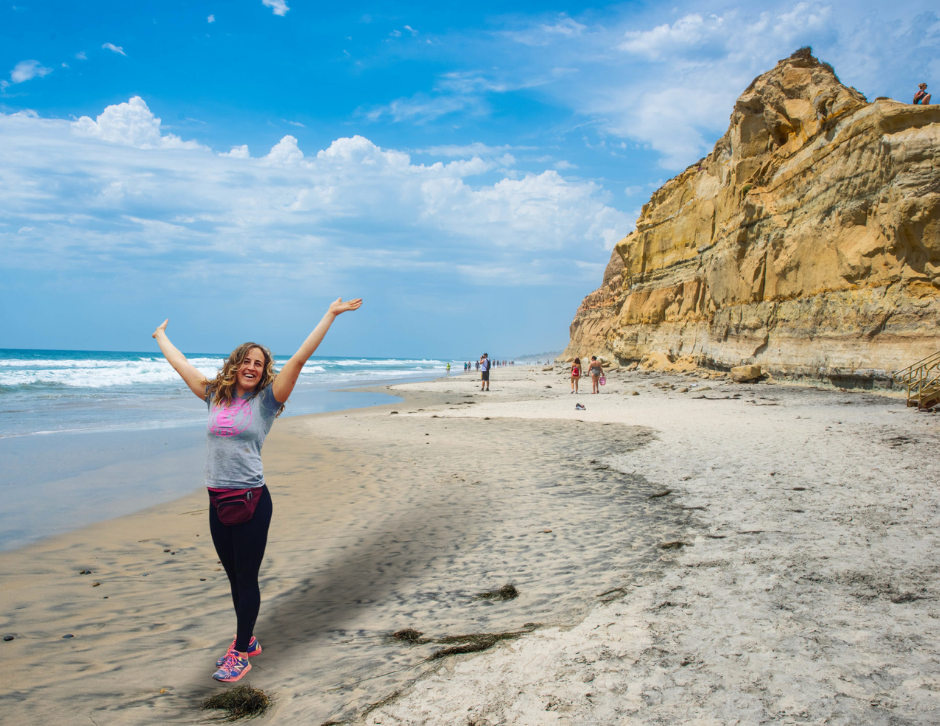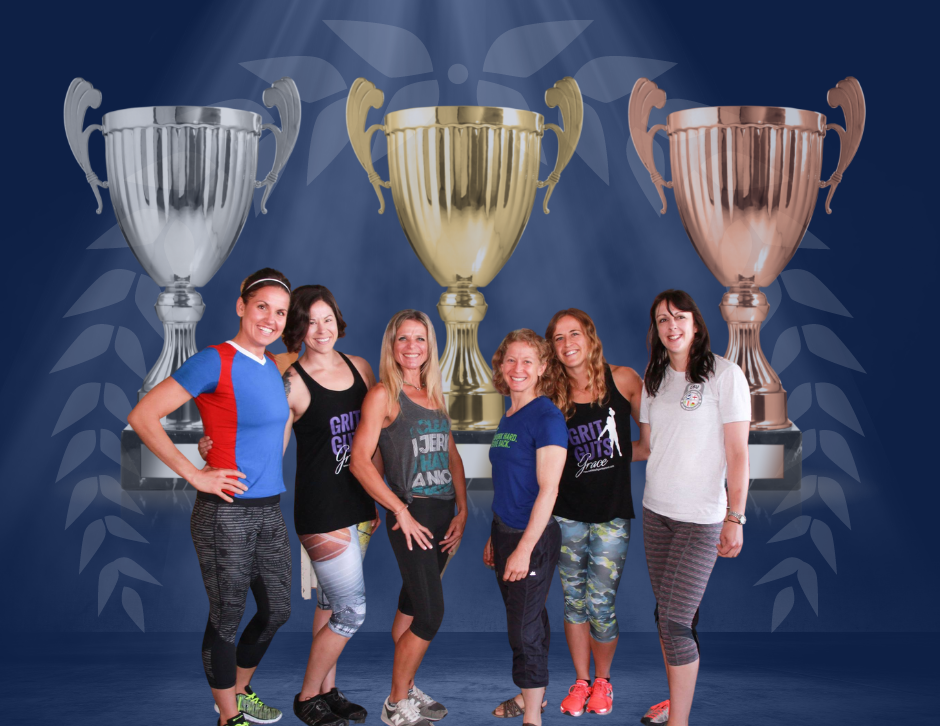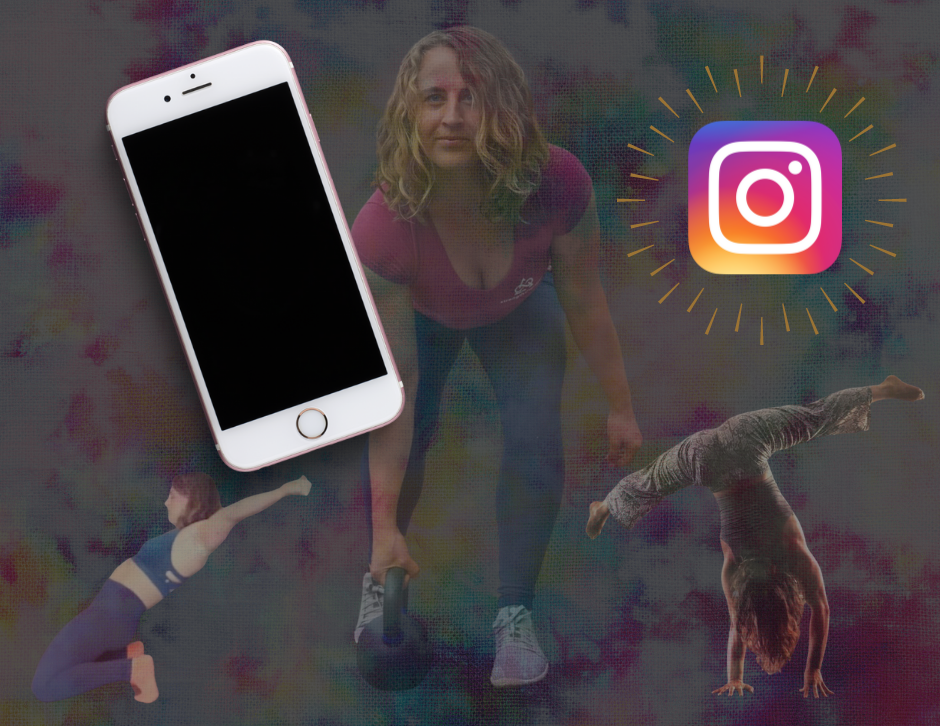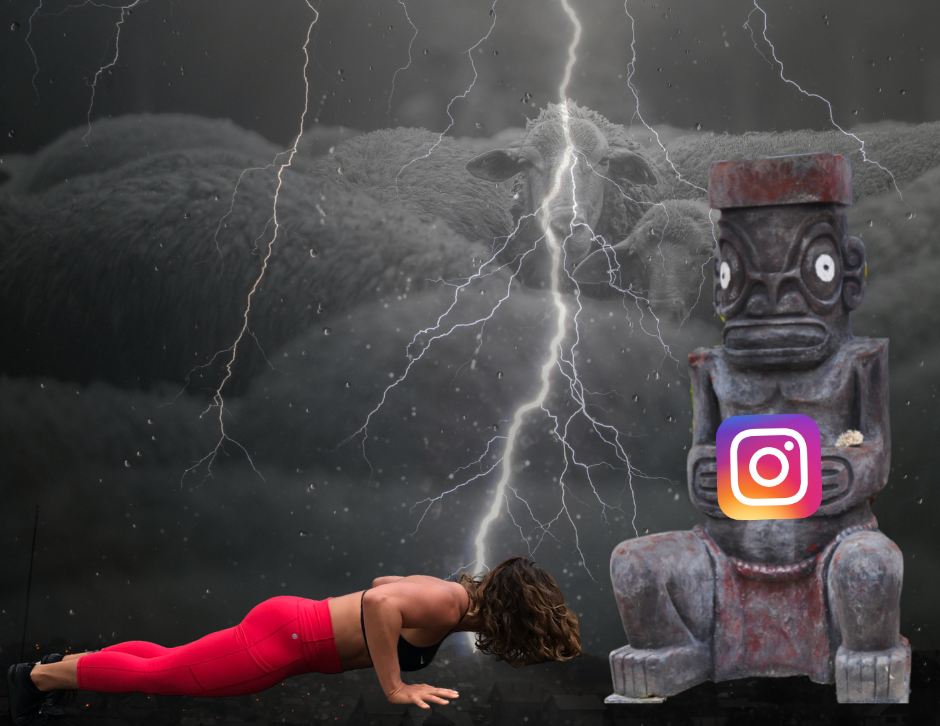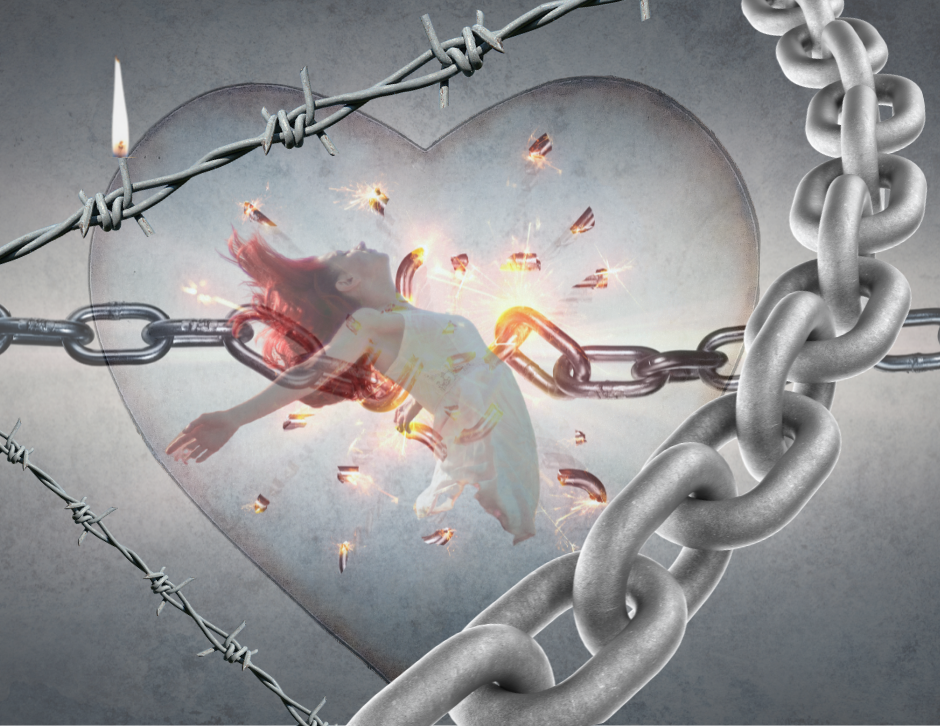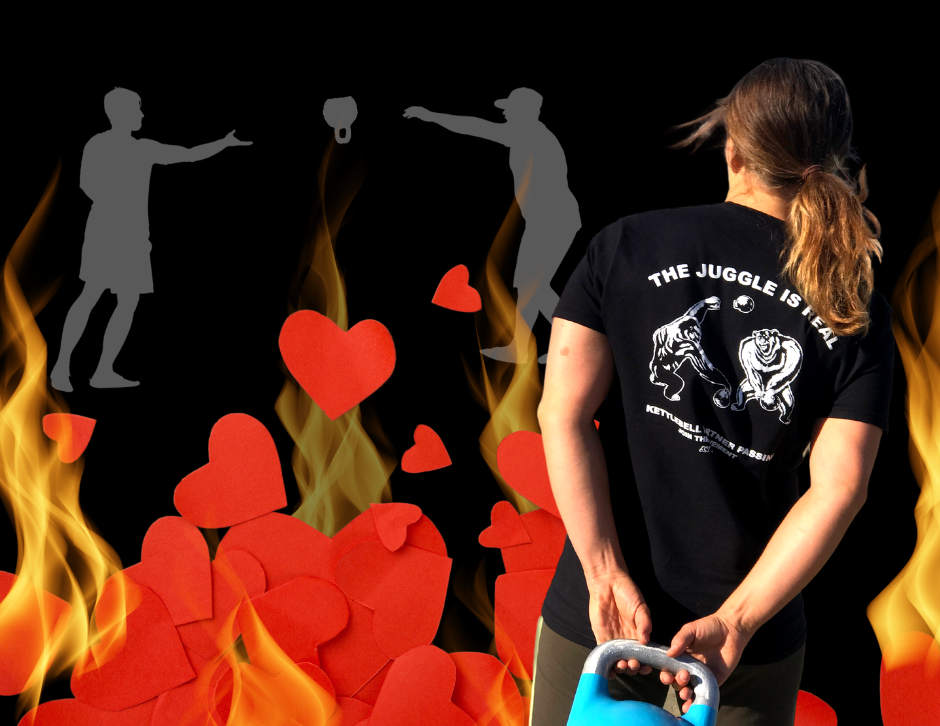The luster of returning home to the Bay Area wore off after a few months, when reality set in: I was living at my mom’s house at 29 years old, during a global pandemic, and I felt completely lost.
I had stripped away all of the distractions I used to avoid myself: I quit social media, left behind the shallow relationships that came with it, stopped working out, stepped back from work, and let go of obsessing over food and body image.
I was flooded with realizations about myself, my family, my relationships. Emotions and traumas that had been buried for years were surfacing as a result of my commitment to healing. I had made courageous steps toward finding my inner truth with the intention of becoming a better version of myself. The truth of who I really was, at my core, was peeking through a little more each day. Something to feel good about, right?
Honestly, it felt like shit. I often felt inconsolably sad and completely out of control; my emotions were like a torrential hurricane. Without “achieving”, without working out constantly, without using external validation to prop myself up, I was faced with uncomfortable realizations that highlighted pain and regrets from the past and caused doom spirals of anxiety and depression… I felt horrible, like a useless waste of space. Meaningless. Unmotivated. Purposeless. Sad, frustrated, confused, angry, ashamed, guilty.
From a young age, I had fears and insecurities that caused me to believe I was lacking something that other people had, that shyness and introversion were huge flaws, that there was something unworthy and unlovable about me — and that I needed to change in order to be liked.
I covered it all up by doing just that. I made it seem like I was confident. I was so convincing, I even believed it myself after a while. It wasn’t until I stripped away all the layers of pretending I used to make myself feel “worthy” that I came to the truth of how I badly I felt about myself, deep down inside.
For most of my life, I didn’t believe in God. I never thought it was for me. But something happened in January 2020 that is the strongest evidence I have for God: my heart opened. I allowed myself to believe in a higher power, and let go of the notion that I have to do and fix everything on my own.
I asked God to humble me, early on in my spiritual journey — I knew that arrogance stood in the way of my relationship with God.
Humbling is exactly what I would call the last couple years. I’ve chosen to face the deep, dark parts of myself that I am terrified to look at, the parts that make it hard for me to accept, forgive, and love myself. Through the humility that comes from my own struggle, I see that others are wrestling with their dark side, too. Now I am able to feel empathy for other people’s inner battles, and I understand that we are all children of God, worthy of love and compassion.
Sometimes I still feel incredibly lost and alone, and other times I have deeper realizations that put me at ease. My ability to see, feel, and recognize things in the people around me is growing as well. It’s much harder to live my life this way than in the pleasure-seeking, nothing-can-hurt-me, achievement-is-everything way that I was living before… but it’s worth it. It’s real. It’s honest. It’s the truth… and the truth sets us free.






